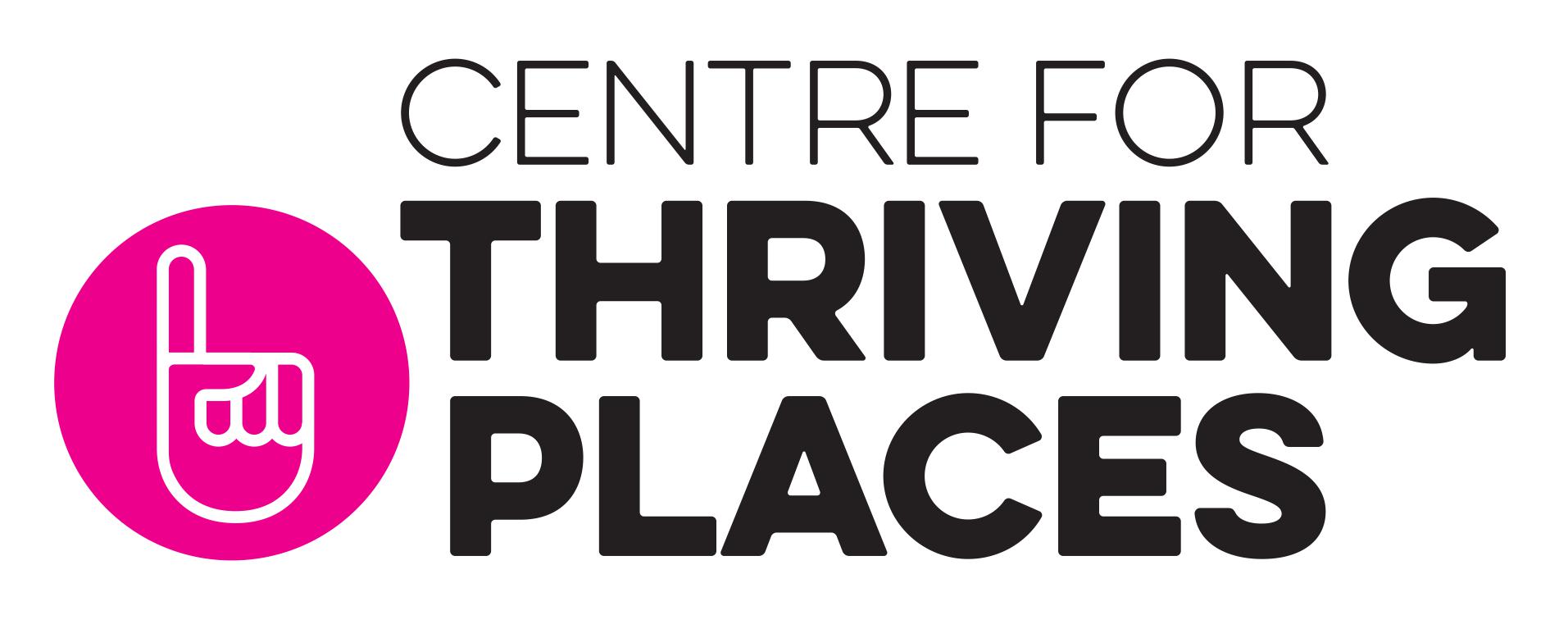Social capital evidence review: Belonging, cohesion and social support
Downloads

The quick read
We designed and commissioned a rapid evidence review to understand what types of interventions have improved three key social capital outcomes: neighbourhood belonging, social support and community cohesion.
It found:
- Strong evidence on the wellbeing impact of youth skills and physical activity interventions:
- National Citizens Service’s positive impact on community cohesion and social support among 16 and 17 year-olds;
- group practice of tai chi in improving social support.
- A range of conceptual definitions and measurement for social support and community cohesion.
- Moderate evidence of projects that promoted a combination of healthy eating, physical activity and good mental health awareness in group settings led to improved neighbourhood belonging among those aged 16+.
- Scope for improving the strength of evaluation designs and the quality of wellbeing data generated.
Background
This review provides a summary picture of what works to improve neighbourhood belonging, social support networks and community cohesion.
Information on the quality and strength of each evaluation has provided valuable insight into the conceptual and methodological challenges that must be addressed to bridge key gaps in research and, ultimately, evidence informed decision-making.
This review sets the foundation for building a larger and more consistent evidence base.
What is social capital?
Social capital is defined by Office for National Statistics as “the extent and nature of our connections with others and the collective attitudes and behaviours between people that support a well-functioning, close-knit society.”
Social capital is used to describe the people (our relationships) and power (governance) aspects of community and national wellbeing. It is one of the types of capital that underpin future wellbeing alongside human, natural, knowledge, physical/produced and institutional capitals.
Why is it important?
Social capital is part of our ‘hidden’ wealth, the intangible assets not captured by success metrics like gross domestic product (GDP) or life expectancy.
Research shows that higher levels of social capital are beneficial and can be associated with better outcomes in health, education, employment and civic engagement.
Social capital is now an interim harmonised standard used by the Government Statistical Service. The harmonised standard specifically looks at national changes in personal relationships, social network support, civic engagement, and trust and cooperative norms. Aspects of social capital are also used in the UK Government’s Community Life Survey.
What do we already know?
Relationships matter for our individual and community wellbeing.
At an individual level, feeling close to others is a core component of personal subjective wellbeing and mental wellbeing. Factors such as a sense of belonging to a neighbourhood can help protect from the effects
of loneliness.
At a community level, factors for ‘being well together’ are where we live (place), our relationships (people) and governance (power). Our relationships are about the strength of networks and support between people in a community.
At a national level, having someone to rely on in times of trouble is associated with high wellbeing nations.
The study
What was done?
This review looked at quantitative evaluations which use the wellbeing indicators from UK national datasets.
Following the registration of the research protocol, hundreds of studies across published and grey literature sources were:
- screened for relevance;
- assessed against our Centre’s quality assurance
Our partnership with the National Lottery Community Fund is focused specifically on place-based wellbeing so the review focused on three main place-based outcomes:
- Neighbourhood belonging (within groups) – “I feel like I belong in this area”
- Social support (within groups) – “Someone would be there for me if I needed help”
- Community cohesion (between groups) – “My local area is a place where people from different backgrounds get on well together”
Why these three outcomes?
Social support and neighbourhood belonging are both types of bonding capital. Bonding capital is within a group or community. They are both included in the national wellbeing framework. We want to look at what can be done to improve these outcomes.
A downside to strong bonding capital can be a lack of cohesion. We live in a diverse society where the ability of different population groups to get on, live together safely and make collective decisions is important for social capital and future high wellbeing.
This is why we think it’s important to look at bonding capital in conjunction with community cohesion, a type of bridging capital. Bridging capital is between social groups, social class, race, religion or other socioeconomic demographic or characteristic.

Making the cut
Following screening and assessment of 4000 studies initially identified, 27 studies met the review criteria and were included in the final analysis.
Reasons for exclusion:
- Different conceptualisations of three outcomes – for example, measuring general psychological components of belonging rather than belonging to a
- Using social capital outcomes as intermediary outcomes – for instance, looking at social support in terms of its ability to facilitate hospital
- Strength and quality of the evaluation design – for instance, not tracking a change in outcomes before and after an
What did we find?
The included studies spanned a variety of intervention types and population groups, reflecting the breadth of interventions that can potentially improve core social capital outcomes.

Here we summarise key findings from each of the three outcome areas. (For in-depth, study-specific findings, individual studies are detailed on pages 35-39 of the final report.)
Neighbourhood belonging
Total number of studies: 7
| Intervention type | No. studies | Evidence strength | Impact |
| Infrastructure improvement | 2 | Moderate–High | Mixed |
| Outdoor environmental sustainability activities | 2 | Low-Moderate | Mixed |
| English language classes | 1 | High | No significant change |
| Physical activities | 1 | Moderate | No significant change |
| Health intervention programme covering healthy eating, physical activity and / or promotion of good mental health | 1 | Moderate | Significant positive change |
Social support
Total number of studies: 16
| Intervention type | No. studies | Evidence strength | Impact |
| Youth skills programmes (National Citizen Service) | 6 | Moderate–High | Significant positive change
for summer programmes |
| Physical activity | 3 | Moderate | Mixed |
| Mental and physical health | 3 | Moderate–High | Mixed |
| Advice and support covering strength- based substance abuse treatment, and teen mother’s group | 3 | Moderate | No significant change |
| Regeneration | 1 | Moderate | Significant positive change (Practical support)
No change (emotional support; no financial support) |
Community cohesion
Total number of studies: 12
| Intervention type | No. studies | Evidence strength | Impact |
| Youth skills programmes (National Citizen Service) | 5 | Moderate–High | Significant positive change |
| Physical activity | 1 | Moderate | No significant change |
| Health intervention projects covering healthy eating, physical activity and / or promotion of good mental health | 1 | High | Mixed |
| Neighbourhood regeneration | 1 | Moderate | Mixed |
| Refugee support | 1 | Moderate | No significant change |
| High target-setting | 1 | Moderate | Significant and positive association (target toughness) |
| School linking | 1 | Moderate | No significant change |
| Resident learning programme | 1 | High | No significant change |
Case study: the National Citizen Service
National Citizen Service (NCS) delivers programmes of outdoor residential stays, life skills training and social volunteering for young people.
The programmes were evaluated in six of the 27 studies included in the review.
Being relatively homogenous in terms of quality and study design, these offered more scope for drawing robust conclusions across two of the three social capital outcomes related to this review:
1. Social support
A majority of the evaluations reported a significantly higher increase in social support scores for both the summer programme and standard programme, compared to comparison groups.
2. Community cohesion
All five studies that measured community cohesion reported a significantly higher increase in cohesion scores for the standard summer interventions compared to the comparison groups.
There was a difference between holiday and term-time delivery, with four out of six summer programmes and one out of five autumn programmes seeing significant increases in social support. The spring programme showed no significant increase.
These results may be due to the more intense nature of summer programmes delivered across one fortnight rather than spread over a week and two subsequent weekends.
These differences also suggest that schools themselves have an impact on these outcomes which is also a correlation we saw in our Thriving Communities analysis.
Recommendations
General
- Those funding and working to evaluate interventions should do so robustly, avoiding common pitfalls such as not using a comparator, changing the wording or scale of standardised measures, or failing to report results clearly and consistently.
- As current research comes from many different areas and research fields, more collaboration and consistency of approach is needed across departments, sectors, researchers, commissioners and practitioners.
For researchers
- Continue to test validity and reliability of social capital measures, including the harmonised set.
- Conduct a conceptual review of community cohesion to inform the development and strengthening of existing measures Community Life Survey.
- Broaden the conceptions of social capital, particularly around social support, and carry out systematic reviews.
- Conduct meta-analyses that collate evidence on a range of study designs.
- Explore the effect of length, intensity and frequency of programme delivery for interventions aimed at improving bonding capital.
- Looking at belonging in different contexts, for example teamwork in the workplace, and in education.
- Explore the breadth of social support and community cohesion outcomes.
- Identify measures that are suitable for project, programme and policy evaluation.
- Develop better measures of more informal cooperative norms and helping activities.
Further research questions:
- The NCS summer programme’s impact appears to have been greater than the more disparate spring and autumn programmes, is the intensity or duration of an experience key here?
- How can you maximise a positive outcome from a negative event? How can you introduce challenges to increase bonding?
- Is there a distinction between rhythmic movement together (tai chi, dancing, marching) and general sport?
For policy makers and commissioners
- Promote the use of standardised national measures to capture the impacts of UK projects.
- Be clearer and more consistent in what is being measured and why, especially for belonging and social support.
- Consider including social capital measures in project evaluations, especially those from the national data set.
For those delivering and evaluating interventions
- Explore the studies and interventions that have seen social capital outcomes improve and use them to inform your theory of change.
- Consider including these three outcomes in evaluation to measure aspects of social In doing so you can benefit from benchmarking with national data and their likely increased use through the harmonised data set.
- Use appropriate, robust measures that capture the intended outcome or construct.
- Consider carefully your conceptualisations – g. The word ‘belonging’ is used in different ways and ‘social support’ was often applied more narrowly within healthcare studies in this review.
- The WWCW can work with funders to identify grant programmes where this kind of measurement could be The NCS shows how successfully such measurement can be embedded in programme evaluation, the benefits of having a consistent approach, and how this can inform the evidence base and future practice.
Suggested citation
Hey N., Martin S., Musella M., Bignall-Donnelly R. What works social capital evidence review: Belonging, Cohesion & Social Support, Briefing, October 2022, What Works Centre for Wellbeing. Available at: https://whatworkswellbeing.org/resources/what-works-social-capital-evidence-review-belonging-cohesion-and-social-support
Further resources
Explore our full report and project page.
![]()
[gravityform id=1 title=true description=true ajax=true tabindex=49]


